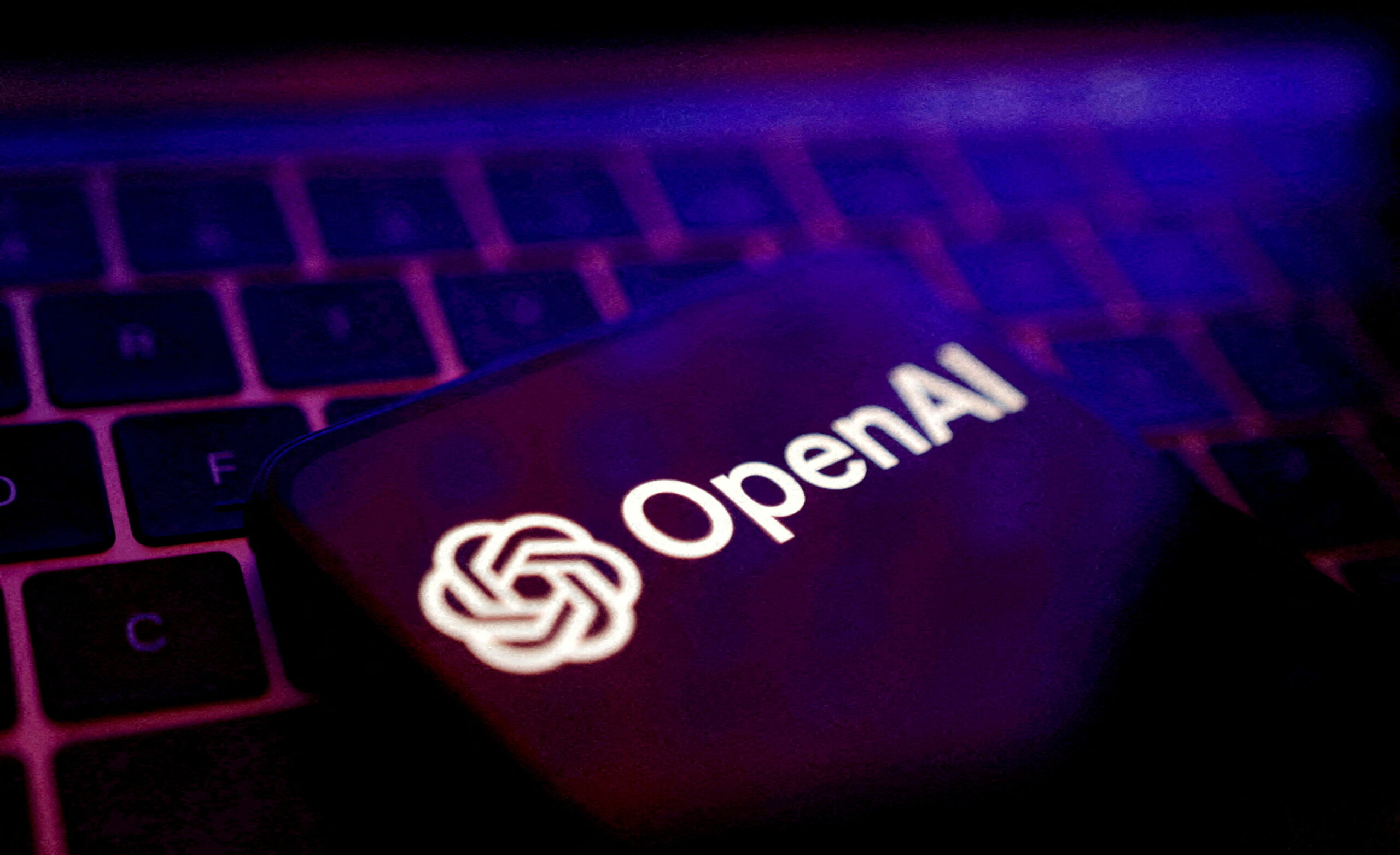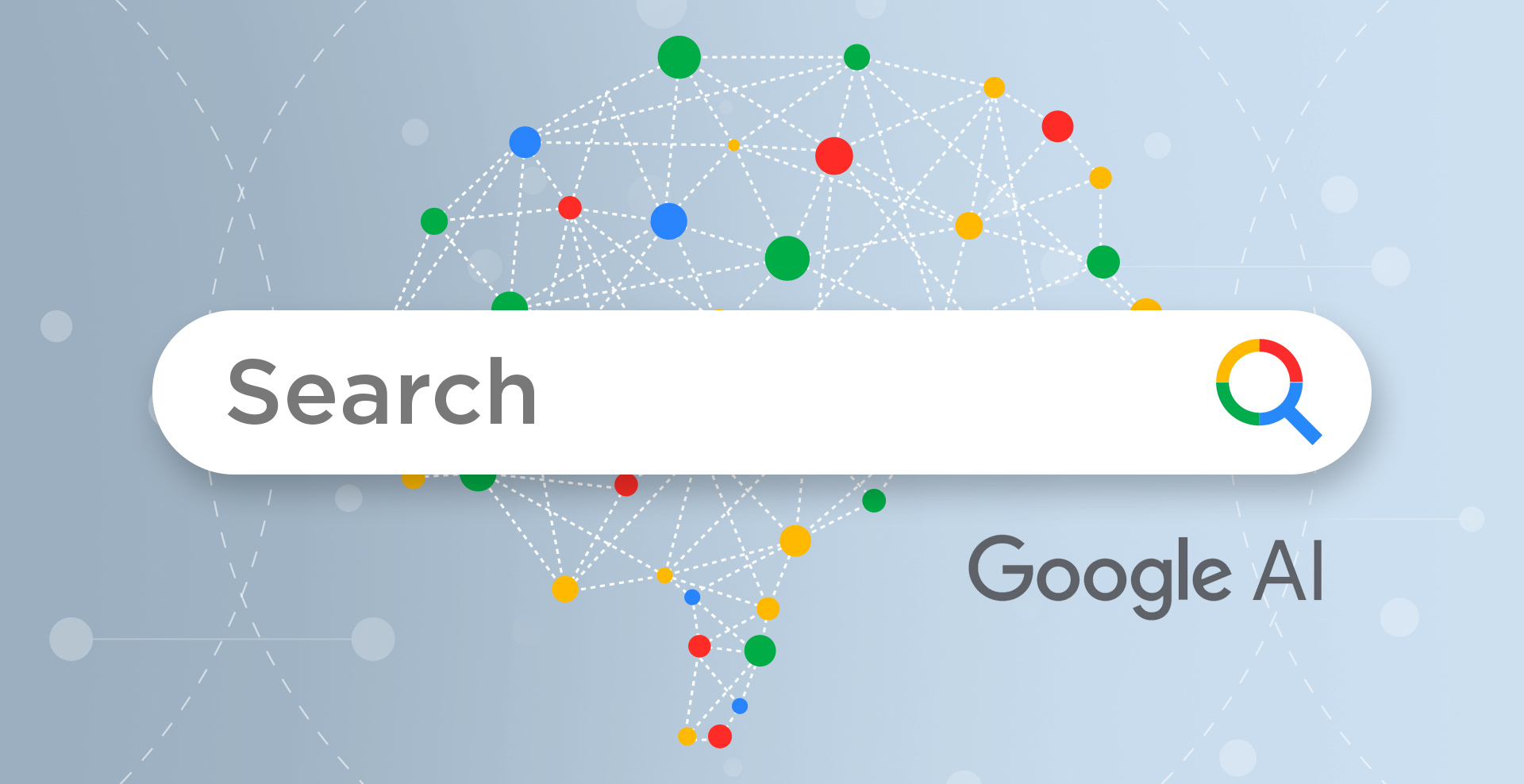OpenAI’s O1 Model: The Future of AI Reasoning?
OpenAI has unveiled its latest generative AI model, O1, signaling a major step in AI evolution. Known internally as the “Strawberry” model, O1 is designed to tackle complex reasoning tasks, offering more sophisticated capabilities than previous models like GPT-4o. Along with the O1-preview version, OpenAI also introduced O1-mini, a smaller, more cost-effective model aimed at tasks like code generation. However, while the release promises a breakthrough, it comes with a high price tag and some limitations, positioning O1 as a preview of what’s to come rather than a fully realized solution.
Key Features and Capabilities
- Enhanced Reasoning: O1’s primary distinction lies in its reasoning capabilities. Unlike GPT-4o, which excels in pattern recognition and data mimicry, O1 breaks down complex problems step by step using a technique known as “chain of thought.” This mirrors human reasoning, making it significantly better at multistep tasks, like solving advanced math or coding problems. OpenAI reported that O1 solved 83% of problems in a qualifying exam for the International Mathematical Olympiad, while GPT-4o only solved 13%(euronews)(GizAI). This leap in reasoning power is particularly notable for fields requiring logical progression, such as software development and scientific research.
- Reinforcement Learning: The development of O1 incorporates a new training approach using reinforcement learning. Instead of simply learning from data patterns, O1 is taught to “think” through a problem by earning rewards for correct answers and penalties for incorrect ones. This method, combined with a specially curated reasoning-focused dataset, allows the model to engage in more accurate problem-solving. The longer O1 is allowed to process a query, the better its results—a stark contrast to earlier models which relied on faster, less thoughtful output(VentureBeat)(GizAI).
- Performance in Programming and Coding: O1 has already made waves in the programming community, outperforming other AI models in competitive coding environments like Codeforces. OpenAI reports that O1 reached the 89th percentile of participants in these contests, demonstrating its ability to optimize algorithms and tackle complex coding challenges(VentureBeat). This positions O1-mini as a valuable tool for developers, especially when paired with platforms like GitHub Copilot, which has tested the model for enhancing code generation and debugging tasks.
- Multilingual Capabilities: O1 not only improves on technical problem-solving but also shows advancements in its ability to understand and generate text in non-English languages. OpenAI’s benchmarking revealed that O1 performs better than its predecessor in languages such as Arabic and Korean, showcasing its potential for more diverse applications across global industries(VentureBeat).
Costs and Accessibility: A Barrier to Adoption?
While the capabilities of O1 are groundbreaking, they come with a steep price. O1-preview costs $15 per 1 million input tokens and $60 per 1 million output tokens—three to four times the cost of GPT-4o(
euronews). Tokens, which are chunks of text processed by the model, make O1 significantly more expensive to use for developers, potentially limiting its accessibility, particularly for smaller businesses or individual users.
For now, only subscribers to ChatGPT Plus and Team plans have access to O1, while Enterprise and educational users are slated to gain access soon. Free users will have to wait for O1-mini access, with no clear release date announced(
Performance Trade-Offs: Strengths and Limitations
While O1 excels at tasks involving reasoning, coding, and multilingual understanding, it is not without its downsides. First, O1 lacks several features available in GPT-4o, such as web browsing and image analysis. While image-processing capabilities are expected to be enabled in the future, O1’s current feature set is somewhat restricted(
euronews)(
GizAI).
Additionally, O1 can be slower than other models. Its chain-of-thought process, while making it more accurate, also means that response times are longer—sometimes over 10 seconds for complex queries(
euronews). This could frustrate users accustomed to the faster responses of GPT-4o and other generative AI models.
Another notable drawback is the model’s continued propensity to hallucinate. While O1’s enhanced reasoning capabilities reduce the frequency of hallucinations, OpenAI admits that the problem hasn’t been entirely solved. Users still need to fact-check O1’s outputs, especially when dealing with highly specialized or nuanced information(
GizAI).
Competitive Landscape: How Does O1 Stack Up?
O1’s release comes amidst increasing competition in the AI space, with major players like Google DeepMind also exploring advanced reasoning capabilities in their models. DeepMind’s AlphaCode, for instance, recently achieved strong results in the International Mathematics Olympiad, even winning a silver medal in the contest’s equivalent(
euronews). This suggests that while O1 represents a significant breakthrough, OpenAI isn’t alone in advancing reasoning-based AI, and the battle for supremacy in the AI market is far from over.
Interestingly, OpenAI has kept some of O1’s reasoning processes under wraps, citing competitive reasons. This move highlights the growing importance of intellectual property in the race to develop the most capable AI models(
GizAI).
Future Directions: A Glimpse into AI’s Next Evolution
Looking ahead, OpenAI envisions future versions of the O1 model with even longer reasoning times—up to days or weeks for particularly complex tasks. This would enable the model to solve intricate problems in fields like medicine, engineering, and beyond, potentially bridging the gap toward human-level AI. While the current O1 is a preview, its potential for deeper reasoning capabilities positions it as a step toward autonomous systems that can not only respond to queries but make decisions and take actions(
euronews)(
GizAI).
The introduction of the O1 model is an important milestone in OpenAI’s mission to develop AI that can reason like a human. While it is currently limited by its cost, speed, and feature set, future iterations could revolutionize sectors requiring high-level problem-solving. For developers, scientists, and industries relying on intricate data analysis, the O1 family of models offers a glimpse into AI’s next evolution.
As OpenAI continues to refine the model, the real challenge will be making these advanced capabilities more widely accessible, ensuring that the benefits of AI reasoning are available not just to enterprises, but to a broader user base.



